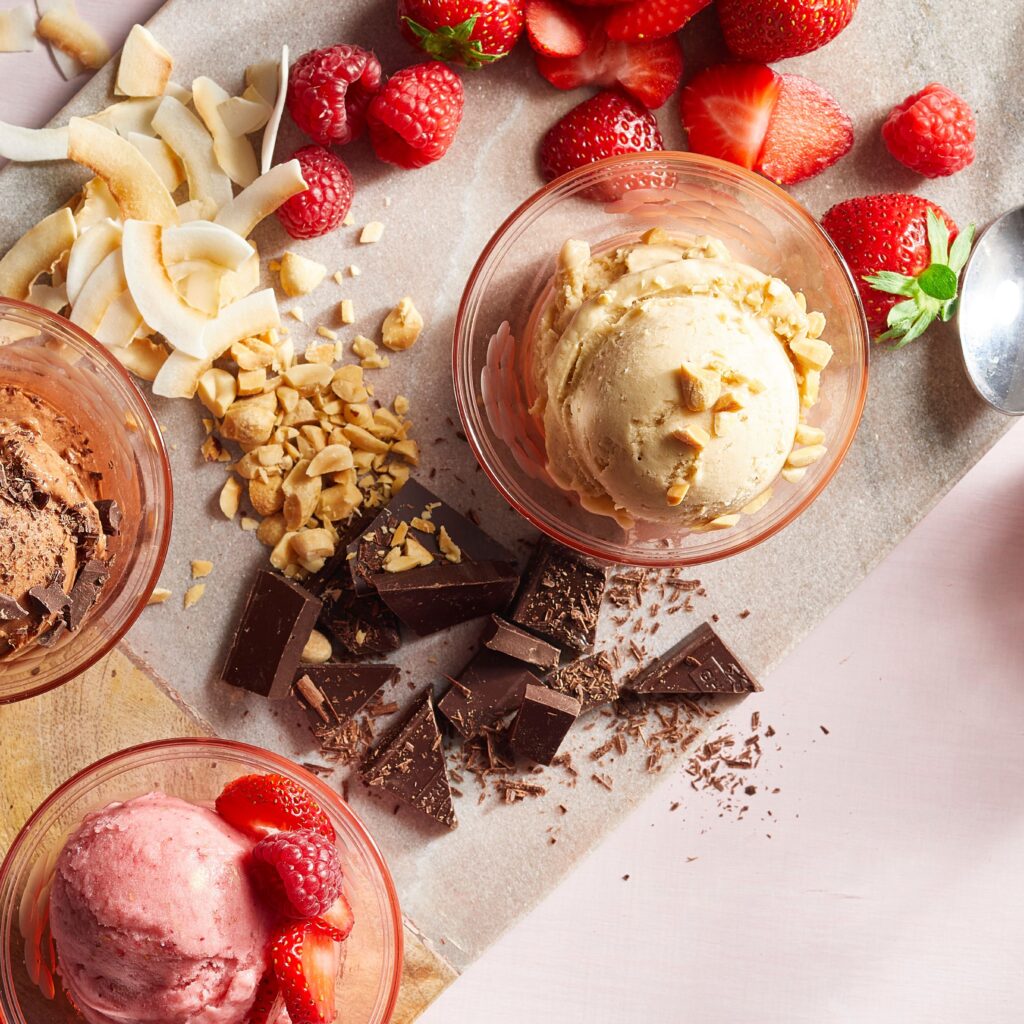Ice cream, a universally loved dessert, transcends age, culture, and geography. From the creamy gelatos of Italy to the mochi ice creams of Japan, this cold delight has found its way into every corner of the world. But behind the scenes of this global love affair lies a fiercely competitive and innovative industry. This article explores the answer to an intriguing question: Which country is the largest ice cream producer in the world? The answer is not only about quantity but also about technology, culture, economics, and innovation.
The Global Ice Cream Industry: An Overview

Before identifying the leading producer, it’s essential to understand the scope of the ice cream industry globally. The ice cream market is massive—valued at over USD 75 billion in 2024 and expected to reach more than USD 105 billion by 2030, driven by consumer demand, innovation in flavors, plant-based alternatives, and a growing appetite for frozen desserts in emerging economies.
Key players in the global market include the United States, China, India, Germany, Brazil, and Italy, each with their own unique styles of ice cream production and consumption. However, when it comes to volume of production, the United States stands as the undisputed leader in the ice cream industry.
United States: The Largest Ice Cream Producer in the World

1. Historical Context
The U.S. has a long-standing love for ice cream. The dessert became popular in the 18th century, and by the 20th century, it had become a staple in American households. The industrial revolution gave rise to mass production, making ice cream affordable and accessible to the general public.
2. Production Volume and Capacity
According to the U.S. Department of Agriculture (USDA) and industry reports such as those from Statista and IBISWorld, the United States produces more than 6 billion pounds of ice cream annually. This includes both regular ice cream and frozen novelties like ice cream sandwiches, popsicles, and soft serve.
California leads the pack in terms of state-wise production, followed by Pennsylvania, Indiana, Texas, and New York. These states are home to major ice cream processing plants and are known for their high milk production, which serves as a key raw material.
3. Major Ice Cream Brands in the U.S.
The U.S. houses some of the world’s most iconic ice cream brands:
- Ben & Jerry’s – Known for its funky flavors and social activism
- Haagen-Dazs – A premium brand offering rich and dense flavors
- Blue Bell – A Southern favorite with a loyal fan base
- Dreyer’s/Edy’s – Focuses on family-friendly flavors and broad distribution
- Tillamook – Renowned for high-quality dairy and sustainable practices
These companies not only cater to the domestic market but also export to several countries, further amplifying U.S. ice cream production statistics.
4. Export Influence
While most U.S.-produced ice cream is consumed domestically, the export market is steadily growing. Countries like Mexico, Canada, South Korea, and China are major importers of American ice cream, with exports valued at over $400 million annually.
Why the U.S. Leads in Ice Cream Production

Several key factors contribute to America’s dominance in ice cream production:
1. Abundant Dairy Supply
The U.S. is one of the world’s largest milk producers. With over 9 million dairy cows and an advanced dairy farming system, the country has a steady, high-quality supply of milk, cream, and butterfat—core ingredients in ice cream manufacturing.
2. Advanced Technology and Innovation
American producers invest heavily in food technology and automation. High-speed freezing, precision flavoring systems, and advanced packaging techniques allow mass production with consistent quality.
3. Consumer Demand
The average American consumes approximately 20–23 pounds of ice cream annually. Seasonal spikes, especially in the summer, drive enormous demand that keeps production lines running at full capacity.
4. Strong Retail and Distribution Channels
From supermarket freezers to drive-thru chains and convenience stores, ice cream in the U.S. is widely distributed. Additionally, franchises like Dairy Queen and Cold Stone Creamery contribute significantly to overall sales and production.
Other Top Ice Cream Producing Countries

1. China
China has rapidly emerged as one of the top ice cream producers and consumers. With a rising middle class and increasing westernization of food habits, China’s domestic production is enormous. Companies like Yili and Mengniu dominate the local market, and production exceeds 3 billion liters per year.
2. India
India is one of the fastest-growing markets in terms of ice cream consumption and production. Though traditional Indian frozen desserts like kulfi coexist with modern ice creams, brands like Amul, Kwality Walls, and Vadilal contribute significantly to a production output nearing 1 billion liters annually.
3. Germany
Germany leads ice cream production in Europe. With a well-developed dairy industry and a strong consumer base, German companies produce hundreds of millions of liters annually. The country is also home to high-quality artisanal ice cream makers.
4. Brazil
In Latin America, Brazil tops the list of ice cream producers. The warm climate supports year-round consumption, and the country has a strong network of local and international ice cream brands.
Global Ice Cream Trends Driving Production

1. Plant-Based and Vegan Ice Cream
There is a growing shift towards dairy-free alternatives made with almond milk, oat milk, coconut cream, and soy. The U.S. leads in this segment, with brands like So Delicious and Oatly making waves.
2. Functional Ingredients
Adaptogens, probiotics, and low-sugar formulations are becoming popular, especially in health-conscious markets.
3. Artisanal and Gourmet Flavors
Consumers globally are willing to pay a premium for small-batch, locally sourced, or exotic flavored ice creams. The trend is driving innovation in both product offerings and production methods.
4. Sustainability and Eco-Friendly Packaging
Sustainable dairy practices and biodegradable packaging are influencing consumer choices and encouraging producers to invest in green technology.
Challenges Faced by the Industry
Even in top-producing countries like the United States, the ice cream industry faces challenges such as:
- Climate Change and Dairy Supply Volatility
- Fluctuating Ingredient Prices
- Health Concerns Over Sugar and Fat Content
- Logistical Challenges in Cold Chain Management
Addressing these issues requires innovation and government-private sector collaboration to ensure long-term sustainability.
Conclusion: America’s Sweet Crown
After examining the production volumes, historical influence, technological prowess, and consumer behavior, it is evident that the United States is the largest ice cream producer in the world. With billions of pounds of ice cream manufactured every year, and a dynamic ecosystem of brands, supply chains, and innovation, America wears the crown in the global ice cream industry.
However, as global demand shifts, and emerging markets like China and India expand rapidly, the competition may intensify. For now, though, the U.S. holds its frozen fortress—and does so deliciously.






Leave A Comment